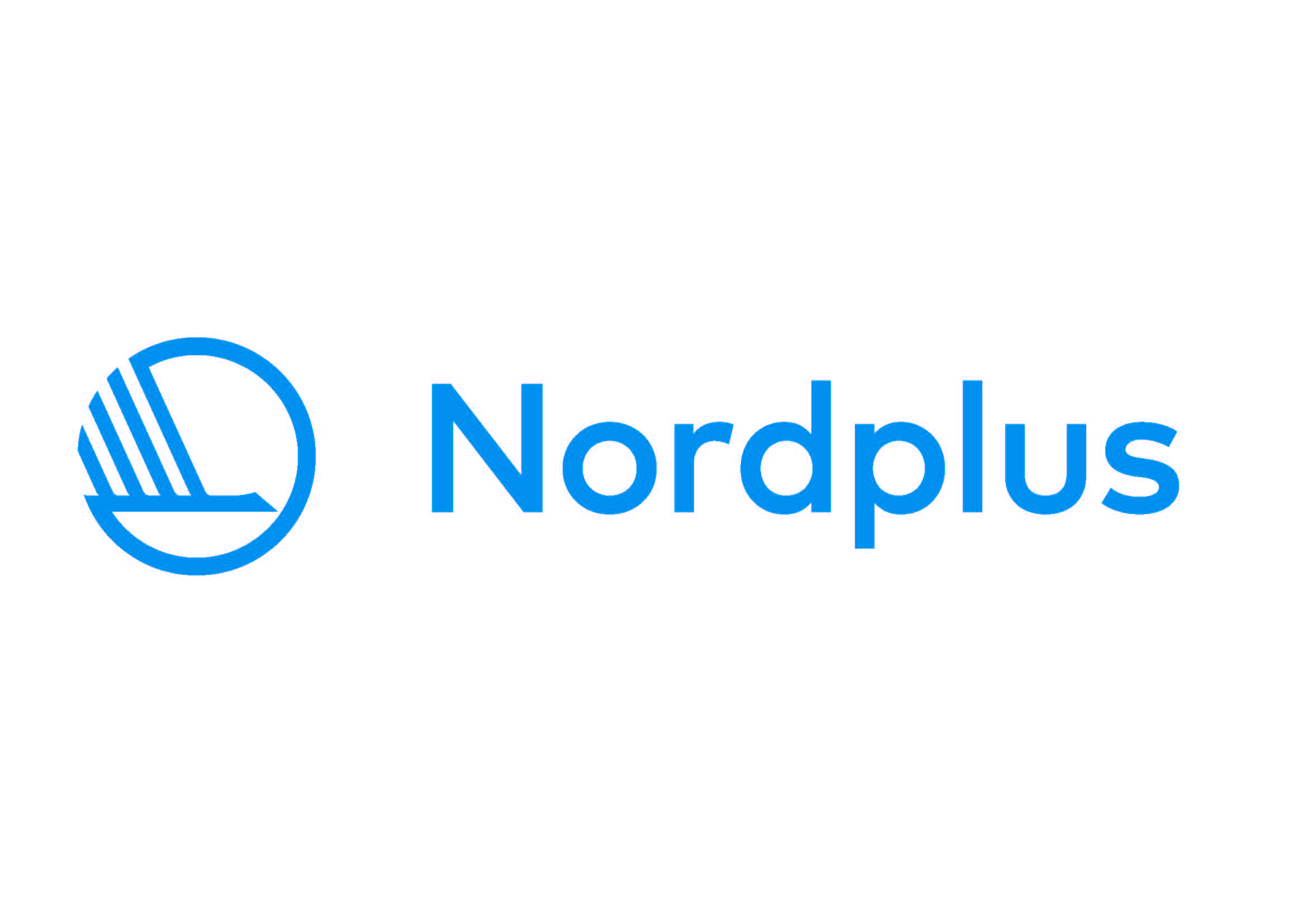Teaching period: 20-24 November, 2023
Location: Oslo National Academy of the Arts, Norway
Teacher(s): Dora García
ECTS: 3
Number of available places for KUNO students: 1-2
Level: BA/MA
Course description:
The commons is the cultural and natural resources accessible to all members of a society, including natural materials such as air, water, and a habitable Earth. Commons can also be understood as natural resources that groups of people (communities, user groups) manage for individual and collective benefit. Commons are worlds in movement, they are communities that create forms of life in common and that together produce and share and are continuously transformed.
Under capitalism, art is a social technology that traps, immobilizes, divides, ossifies, occupies and compartmentalizes life into flat moving images, museums, choreographed actions and conceptual speculations that reproduce the dead commodity form and its fictious movements.
Under conditions of art/commons, the making and circulation of objects, atmospheres and situations are aimed at concretizing, making visible and surrendering agency to the expanded, multimodal and abstract relational network in which human value resides.
Countering the movement of capital are the acts of commoning, the pooling and sharing of resources for the reproduction of life in common. The commons are not outside capitalism, rather, they have carved zones of self-organization and autonomy within them. The commons are a socialist and postcolonial space where knowledge, gestures and social relations go towards the reproduction of the commons - they are aiming at changing the world without governing it.
What do we mean when we say artistic practice can be directed towards the commons, art as common?
The course is structured like a workshop with different exercises to be realised as a group, around the following questions:
o How can we imagine art as a common? What do we mean when we say art is for everyone? What means "public"? Can art transform the public sphere? What is the role of art in leisure and in work? - guest: Apolonija Sustersic https://apolonijasustersic.com/
o Should art become invisible to be truly public? What is the political importance of art? The Invisible theater of Augusto Boal - performance in public space.
In order to pass this course students must actively participate in the lectures and workshop activities, being present (and responsive) min 80% of the time of the course.
Additional information
Basic bibliography:
Essays on the Blurring of Art and Life, Allan Kaprow
Art Commons, Anthropology beyond Capitalism, Massimiliano Mollona
Capitalism 3.0: a guide to reclaiming the commons, Peter Barnes
The Gift: Imagination and the Erotic Life of Property, Lewis Hyde
and other .pdfs to come.
Application deadline: 20th of October, 2023, 12:00 am
How to apply: Please apply via this online form: https://nettskjema.no/a/353761
Financial Support by KUNO:
Travel support between countries: 330 € (except 660 € to/from Iceland)
Subsistence per week: 250 € per week.
In case of any questions please contact kjerjens@khio.no


